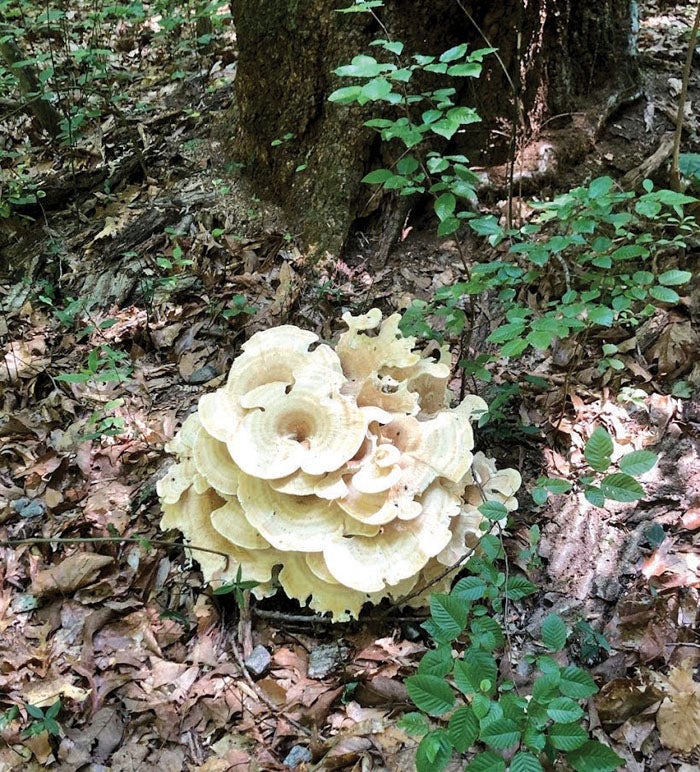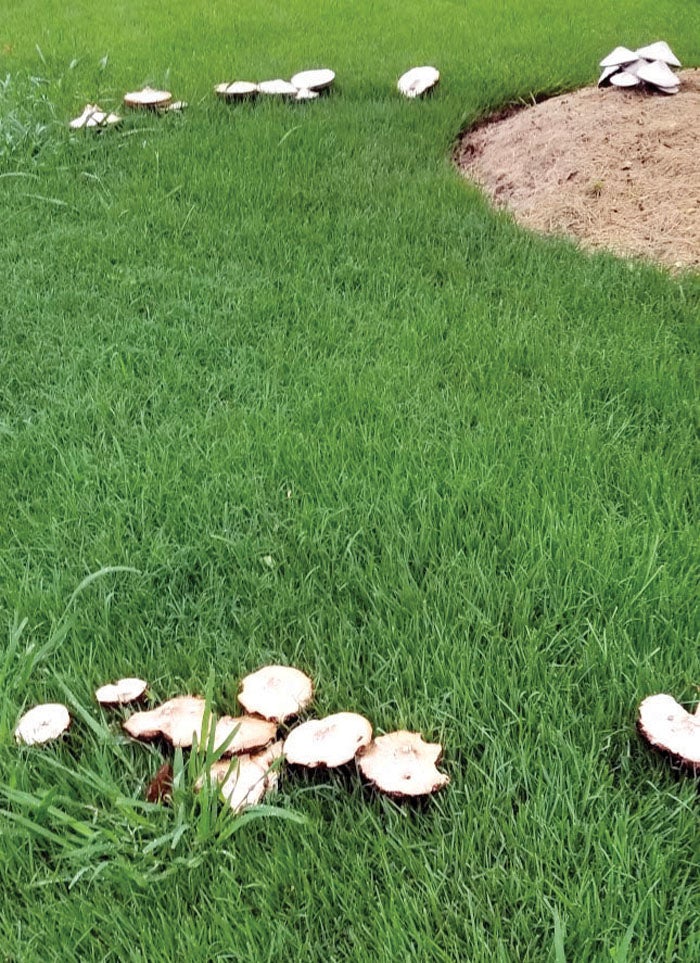Darrell Blackwelder: Mushrooms
Published 12:00 am Saturday, July 22, 2023
Mushrooms are popping up all over the county as a result of scattered rainfall, unusually warm temperatures and extreme humidity over the past few weeks. Mushrooms or toadstools are reproductive structures (flowers) of fungi feeding on decaying organic matter. Mulch, dying trees, discarded buried construction wood, or rotting roots provide the perfect the growing environment for these plants along with the ideal weather conditions we’ve had over the past few weeks.
Wood decaying mushroom fungi enters the tree through open wounds to trunk, branches or its roots. The fungi invade the vascular system of the tree initiating decomposition. The mushrooms are actually the fruiting bodies or blooms of the decaying fungus. Those with mushrooms growing on their trunks near base and lower trunk should keep a watchful eye as there is decomposition within the vascular system of the tree. Death may be a matter of a few months or many years depending on the tree species, its health, type and stage of the fungus.
Fast-growing mushroom fungi also grow very quickly from rotting roots of trees that remain in the soil that have been removed for many years. Most homeowners with mushrooms in their lawns are often unaware of old, decaying roots that produce pop up mushrooms in lawns often in a circular pattern. There is no practical control for mushrooms in lawns or flower beds. They slowly fade away in a few days or when dry weather returns. The mushrooms can easily be removed with no problem to the turf.
Most mushrooms growing throughout Rowan County are generally non-poisonous. However, many mushrooms growing wild can be extremely poisonous. Only someone with expert knowledge can distinguish edible and poisonous mushroom species. Always be safe and never consume wild mushrooms.
Darrell Blackwelder is the retired horticulture agent and director with the North Carolina Cooperative Extension Service in Rowan County. Contact him at deblackw@ncsu.edu.






